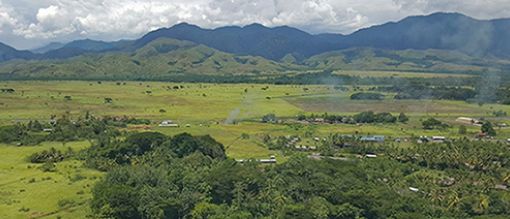Authors: Rev. Yasam Aiwara President of ELC-Jabem district, the Evangelical Lutheran Church of Papua New Guinea, Luke Fletcher, Executive Director, Jubilee Australia Research Centre and Lachlan Lugg, Research Intern, Jubilee Australia Research Centre
For the last few years, the Australian company Mayur Resources has been pushing for the development of a coal sector in Papua New Guinea. This is built around plans for a 52MW coal-fired power station in Lae, PNG’s second largest city, in Morobe Province. It also plans to develop coal mines in Gulf Province. At present, the country currently has no coal mines and no coal fired power stations. PNG’s Deputy Prime Minister Sam Basil from Morobe Province is one of the strongest supporters of coal in PNG.
On Friday 25 June 2021, Sam Basil made a made a speech in Buang, Morobe Province, defending his support of coal-fired power for PNG.
Mr Basil made the following claims:
- Claim 1: Coal was an integral part of the industrial revolution in Europe in the 1800s. The machines that were powered by coal enabled the industrial revolution which made their economy strong.
- Claim 2: First world nations are still using coal. Indonesia gets 60% of their energy from coal.
- Claim 3: Australia gets 75% of their energy from coal. If Australia were to ‘stop coal,’ it would become a dead nation.
- Claim 4: The amount of carbon that Australia puts into the atmosphere is much greater than PNG. Environmentalists in PNG should focus on telling Australia to reduce its use of coal, before they put the focus on PNG.
- Claim 5: PNG is crying out for power and for energy. We only produce 300 megawatts to our grid.
- Claim 6: We can’t build factories to make cars, to make cement, and to make steel, and to refine our mineral resources. This cannot happen in PNG because power is too expensive. A 50 MW coal-fired power station in Lae will bring down the price of power, which will enable us to produce steel.
- Claim 7: If Morobe says no to coal-fired power station, it will just go to another province.
- Claim 8: Because we use so much diesel, we are dependent on this supply from Singapore.
Here we will examine the claims and show that many of them are false, and the rest are, at best, misleading.
Claim 1: Coal was an integral part of the industrial revolution in Europe in the 1800s. The machines that were powered by coal enabled the industrial revolution which made their economy strong.
Response: Coal was indeed a critical component for the industrial revolution that started in Britain in the late 18th and early 19th centuries. Coal helped power the steam engines that were essential to the development of rail, steamboats and the machines that drove the development of the textile sector. In the 20th century, coal became a hugely important fuel for energy production and as a reductant in steel-making. Until recently, virtually all steel manufacturing needed so-called ‘coking coal’ to run via conventional steel-making technologies.
However, that was 200 years ago. Coal stopped being used directly for transport many decades ago—as trains became electric and in the 20th century, motor cars ran on a different fossil fuel—petrol (or gasoline).
Coal’s days in providing energy for electricity and for industrial production are numbered. Fossil fuels will soon become a rarity in transport, as the world moves away from petrol and towards electric cars. We are seeing more and more of the wealthiest countries transition off coal, as it becomes more expensive and because of its environmental and health impacts (see claim 2 below).
Steel can also be made without coal through a different method called the Electric Arc Furnace (EAF) method. Although this method does use some natural gas, according to Greenpeace this is a much cleaner way of making steel than using coal. Fossil fuels will soon no longer be needed for steel-making. Green steel, which can be made with hydrogen, is a technology being developed in Australia and other places.
Claim 2: First world nations are still using coal. Indonesia gets 60% of their energy from coal.
Response: The world is moving away from coal for energy production at a faster and faster pace. This means two things: first, the halting of building new coal-fired power stations. Second, the gradual decommissioning of existing coal-fired power stations and their replacement by other sources of energy production.
As the graphs below demonstrate, the wealthiest countries in the world are finally moving away from using coal for power. If we look at the G7 countries + Korea, over the last 20 years we can see that the UK, France, Canada and Italy have virtually stopped building new coal-fired power plants, and certainly none in the last eight years. The US, Japan and Korea have been the countries that have added the most new coal plants—each around 25,000 MW each.
However, the US has not added any new coal capacity since 2015. Moreover, the US retired. 11.3 GW and EU27 retired 10.1 GW of coal plants in 2020 alone.
Virtually all the new coal-fired power in rich countries over the last seven years has come from three countries: Germany, Japan and Korea. Japan and Korea have both announced recently that they will reach net zero emissions by 2050, and Germany has already committed to this. It is impossible to see how these three countries will continue to prop up new coal plant development in the 2020s.
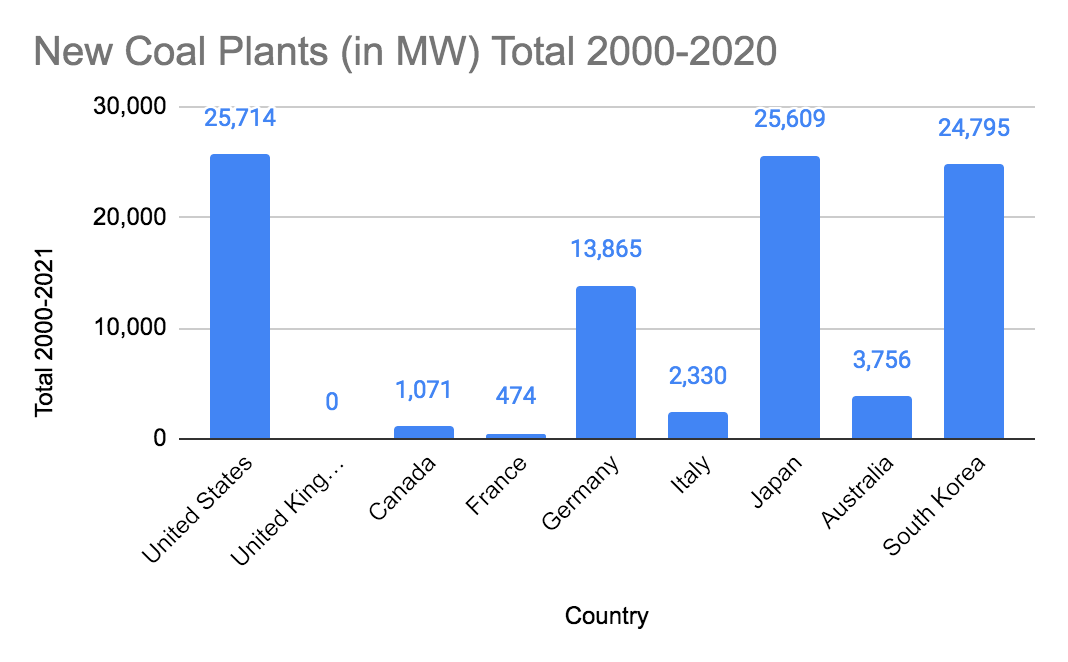
Chart 1: Data source – Global Energy Monitor, Global Coal Plant Tracker Summary Data
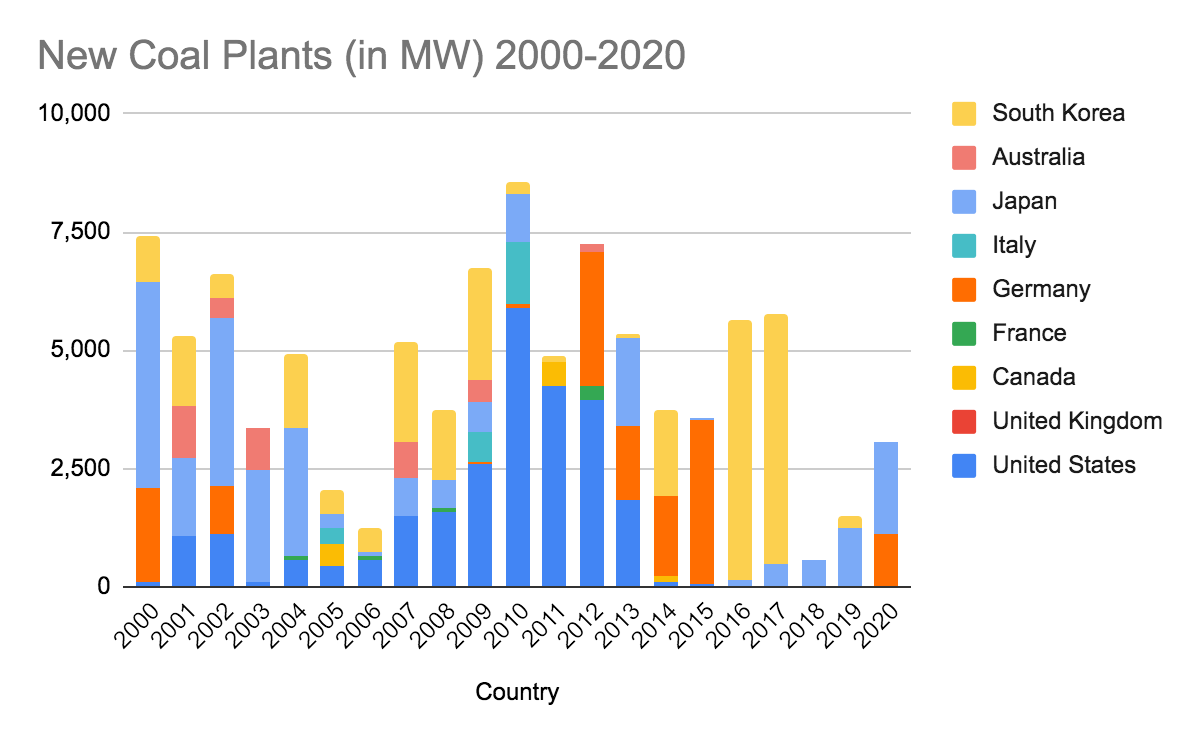
Chart 2: Data source – Global Energy Monitor, Global Coal Plant Tracker Summary Data
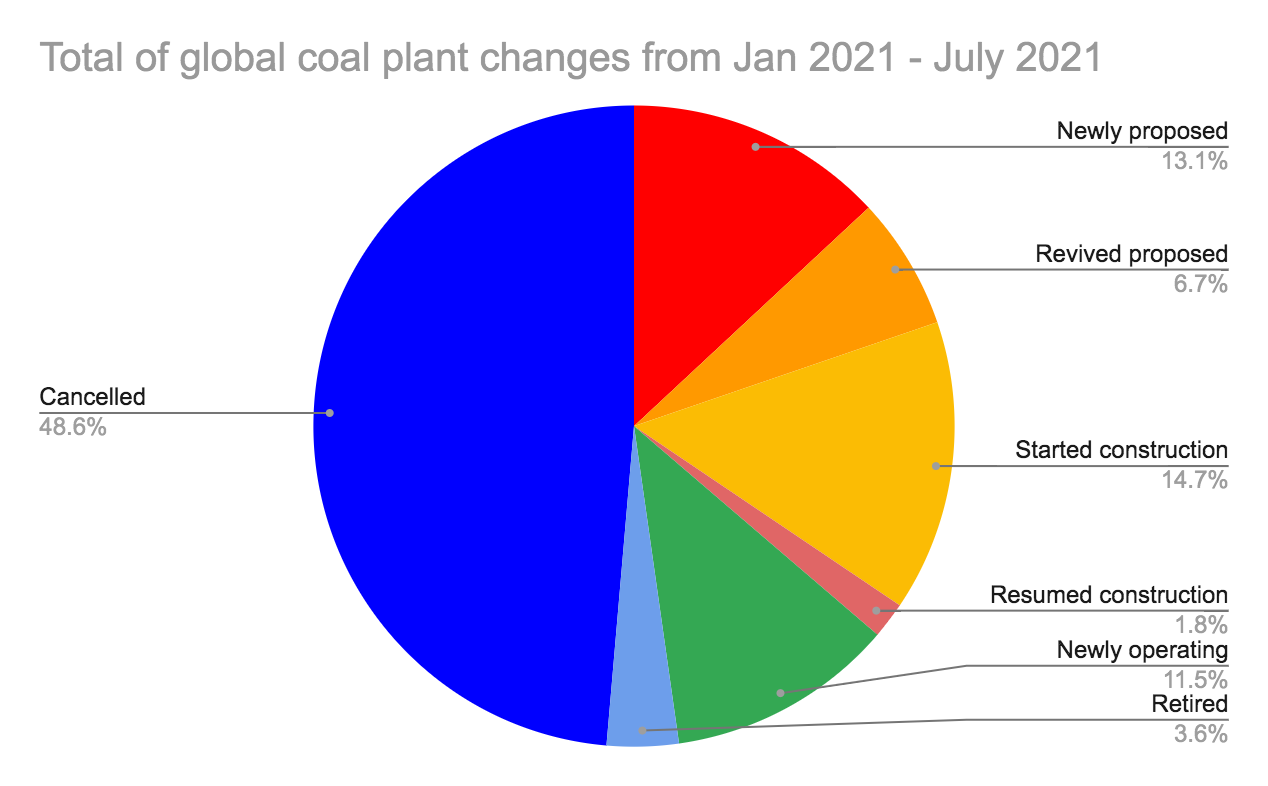
Chart 3: Data source – Global Energy Monitor, Global Coal Plant Tracker Summary Data
The era of coal in the wealthy world is on the way out. It will take some time for all these countries to wean themselves off coal—this will happen gradually over the next decade or so where we can expect to see most of their coal fired power stations retired.
There are a few holdouts: as of October last year, China, Indonesia, India and Turkey were still planning to build new coal-fired power stations. But it is getting harder and harder for even pro-coal countries to find investors who will fund the construction of new coal-fired power stations, because investors know that they will likely soon become stranded assets. The G7 recently agreed to stop international financing of coal projects that emit carbon by the end of this year. The G7 stated that “international investments in unabated coal must stop now”.
As a report by Global Energy Monitor has shown, the world has collectively retired a record-tying 37.8 gigawatts (GW) of coal plants in 2020. China commissioned 76% of the world’s new coal plants in 2020, increasing from 64% in 2019 and increasing the global coal fleet by 12.5 GW. Even in China, the development of new coal plants has decreased by 66% since 2015. This burst of coal plant construction is most likely the dying gasp of coal—analysts believe that soon even China will be giving up on coal.
However, outside of China, coal capacity in the rest of the world has declined by 17.2 GW in 2020. The commission of new plants globally declined by 34% from 2019 to 2020. The construction of new coal plants fell by 74%, from 21.1 GW in 2019 to 5.5 GW in 2020. In the meantime, Indonesia, Bangladesh, the Philippines and Vietnam moved to cancel 62.0 GW of coal power capacity, which will leave an estimated 25.2 GW in preconstructed planning in the four countries, which is an 80% decline from the 125.5 GW planned there just five years ago in 2015. Pakistan also has announced it would not have any more coal-fired power.
Claim 3: Australia gets 75% of their energy from coal. If Australia were to ‘stop coal,’ it would become a dead nation.
Response: No one is saying that Australia, or any other nation for that matter, should ‘stop’ coal overnight. What we are talking about here is a managed transition whereby coal-fired power stations are gradually being decommissioned and replaced with renewable energy sources. This is, in fact, already happening anyway.
Australia has an ageing and inefficient coal infrastructure, with just 16-coal-fired power stations serving the national energy grid. Between 2010 and 2016, Australia closed down nine coal-fired power stations. Currently, about three-quarters of Australia’s coal-fired power stations are operating past their life span of 40 to 50 years.
According to IEEFA and Green Energy Markets, several of the 16 coal power plants in the National Electricity Market (NEM) will be financially unviable and at least one is likely to face closure in several years. This is due to the coal plants’ poor flexibility and inability to adapt to a rapid influx of renewable energy. Meanwhile, the Eraring, Mt Piper and Vales Point B coal plants in NSW are expected to be running at a loss by 2025. In Australia, as in most countries, renewable energy is already cheaper levelized cost of energy (LCOE) than new coal or gas.
Australia has not commissioned a new plant since Bluewaters power station in 2009, and that plant was recently declared worthless by one of its part-owners, Sumitomo, which wrote off its US$250 million investment due to the difficulty of obtaining refinancing loans for coal projects. Australia has two new plants proposed for construction. One of these two, 2.0 GW Kurri Kurri coal plant, is now on shaky ground as the builder China Energy Engineering is under sanctions from the World Bank for fraud offences.
Exactly when the last coal-fired power station in Australia will stop operating is difficult to say—that depends on the speed of the transition. It could—and ideally should—be as soon as 2030, but it may take longer than that. What we are sure about is that building new coal-fired power stations—which are supposed to run for at least 35 years—in Australia or anywhere else, including PNG—is going to be uneconomic.
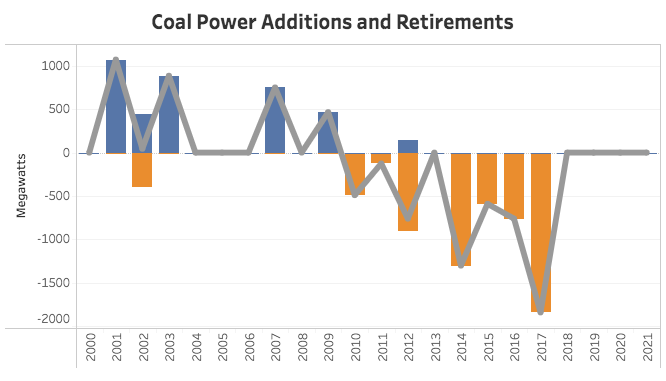
Chart 4: Source – The Global Energy Monitor, Global Coal Plant Tracker Dashboard, Australia
Claim 4: The amount of carbon that Australia puts into the atmosphere is much greater than PNG. Environmentalists in PNG should focus on telling Australia to reduce its use of coal, before they put the focus on PNG.
Response: It is true that Australia is a massively carbon polluting country, not just from its domestic emissions, but also from the emissions from fossil fuels that it extracts and exports overseas. Domestically, Australia is one of the largest economies in the world – and historically it has been very dependent on coal for energy. However, as was examined in the previous claim, thankfully that is now changing as Australia starts to move away from coal.
There is a huge climate movement in Australia—literally dozens of organisations and thousand and thousands of individuals—who have been working tirelessly for years to pressure the Australian government to transition away from burning coal for energy, and also from exporting it overseas for other countries to do the same. It is largely because of the work of the climate movement, including first nations organisations like Original Power and Seed, that Australia is moving away from coal and fossil fuels altogether. It is true that these actions have not been fast enough, nevertheless, the pace of change is increasing, and the pressure will continue.
Environmental campaigners are most effective in advocating for policy change in their home countries. This is why PNG activists are calling for Nogat Coal in PNG, although they are aware of and support the actions of their Australian friends who are arguing for Australia to take steps to transition away from coal.
Claim 5: We are crying for power, and for energy. We only produce 300 megawatts to our grid.
Response: It is true that increasing energy access should be a critical priority for the government. Electricity access in Papua New Guinea (PNG) is one of the lowest rates in the world: it is estimated that between 8 and 15% have electricity access. To close the gap, the government set a target to expand access to 70% of the population by 2030 as part of the Development Strategic Plan in 2010.
While readily increasing access to electricity is an admirable goal for the Government of PNG, the country does not need to build a new coal-fired power station (or new coal mines) to achieve it. There are better ways to achieve the goal of increasing access to electricity in PNG.
New investment and technological advances have seen massive falls in the price of renewables versus non-renewable sources of energy like coal in recent years. Renewables are now cheaper than coal, and the price difference will continue to increase in the coming years.
Research also suggests that off-grid solutions such as micro-hydro and small scale solar will actually have a greater impact than supplying more large=scale energy to the grid. These would have the benefit of targeting rural communities, where the vast proportion of the population lives and where lack of energy access is highest.
If PNG Power signs an agreement with Mayur Resources for the Lae coal power plant – it would not only be more expensive than renewable power; it would also likely lock the power price for 25 years. This would make it more expensive relative to the alternatives in future years.
PNG should avoid committing to coal as coal is more expensive than renewables now, and the gap is likely to grow in the coming decades.
Claim 6: We can’t build factories to make cars, to make cement, and to make steel, and to refine our mineral resources. This cannot happen in PNG because power is too expensive. A 50 MW coal-fired power station in Lae will bring down the price of power, which will enable us to produce steel.
Response: That the proposed Mayur plant will bring down power prices in Morobe is manifestly untrue. The World Bank has commissioned a recent study showing that there are several cheaper options for supplying energy to the Ramu grid, including hydro, biomass and gas from the highlands.
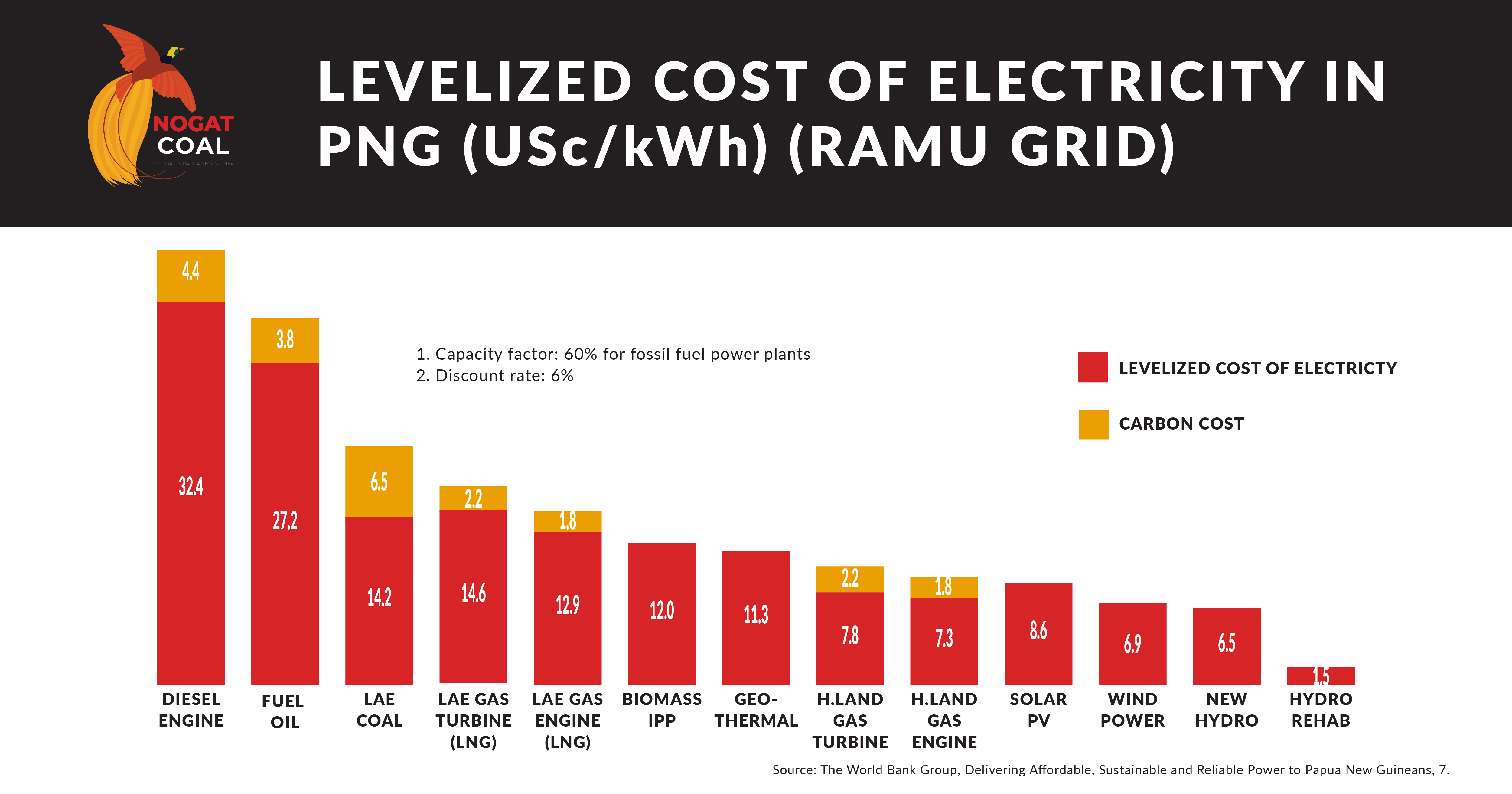
Moreover, our research has found that Mayur’s price claims that it submitted to PNG Power as part of its application for a PPA unrealistically cheap.
Factories in PNG looking to make industrial products are few and far between at the moment. However, should such an industry develop, it would make sense to do it on the basis of the cheapest and cleanest source of electricity. PNG can use renewable energies—especially hydro—to power its grid and its industry. Where necessary, it could also use natural gas—although this is not an ideal solution as burning gas also produces carbon and contribute to global warming. However, there is no need to use coal-fired power if PNG wants to develop new industrial capacity.
As to steel, the development of a steel industry would be a huge undertaking, requiring a national debate. Suffice to say, the business case for doing so, as well as a national interest case, would need to be made. We are not aware of any such debate happening now in PNG.
There are currently no plans by any company to build a steel factory in Morobe—while it is not impossible that it might not happen one day, it is certainly a long way off.
If steel production ever does happen in PNG, the cheapest and most technologically efficient way to produce steel will be using different technologies such as green steel.
Claim 7: If Morobe says no to coal-fired power station, it will just go to another province.
Response: No other PNG provinces are considering building a coal-fired power station. There are very serious impediments to doing so such as securing a cheap supply of coal, raising finance from investors, securing an environmental approval and securing a purchasing power agreement from PNG power. These are unlikely to be overcome in other places. As the world moves away from coal-fired power, the chances that any other PNG provinces would consider building one are next to zero.
Claim 8: Because we use so much diesel, we are dependent on this supply from Singapore.
Response: It is true that PNG does rely at present on imported diesel, which along with hydro, is one of the two main energy sources to PNG’s electricity grid. It is important that reducing PNG’s reliance on diesel is should be a priority for PNG—the diesel dependence causes PNG logistical problems and also puts pressure on PNG’s foreign exchange. However, it is a false debate to pose the options as either coal vs diesel. Transitioning from diesel would be better accomplished by investing in hydro, solar and wind, rather than investing in an outdated technology like coal power.
Conclusion
Mr Basil’s speech focuses on the economic benefit of coal, but he fails to admit the negative impacts it will have on the lives of the people and the environment. We cannot push for one aspect that only benefits the minority while we neglect the other aspects that will affect the majority. People have heard much about these promises already. Promising huge economic benefits, yet nothing has trickled down to the common people even after many major extractive industries have existed already in the last 46 years of PNG as an independent nation. Most of our laws are our own dagger stabbing us at the back. If we cannot fix some of our existing laws that are allowing injustice and unequal distribution of wealth? How can coal power bring that change if those same laws are still there, allowing injustices and unequal distribution of wealth?
